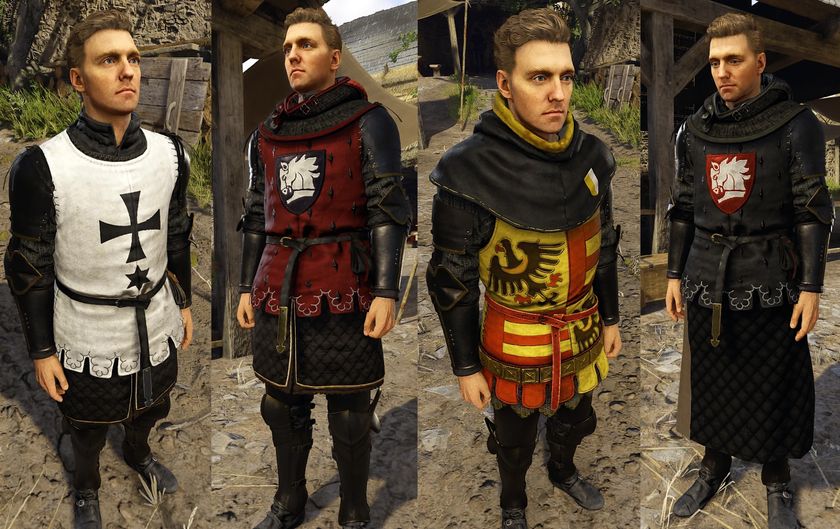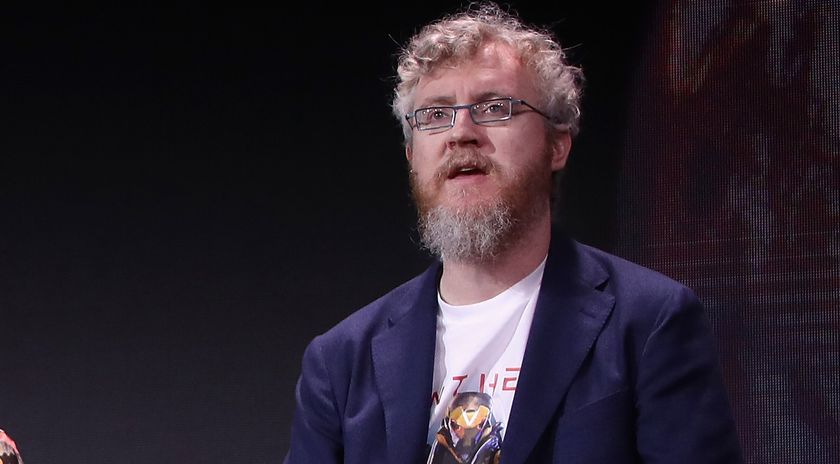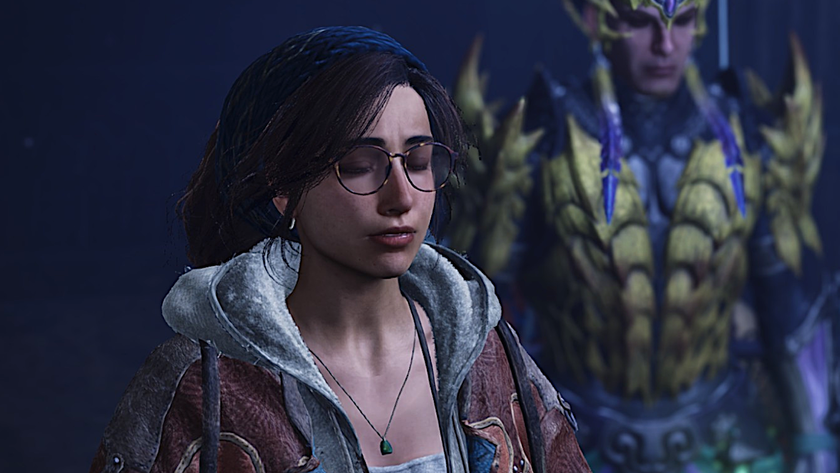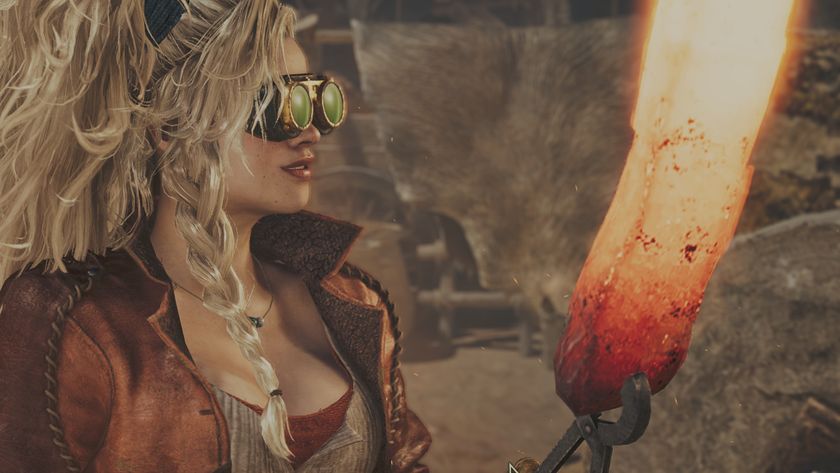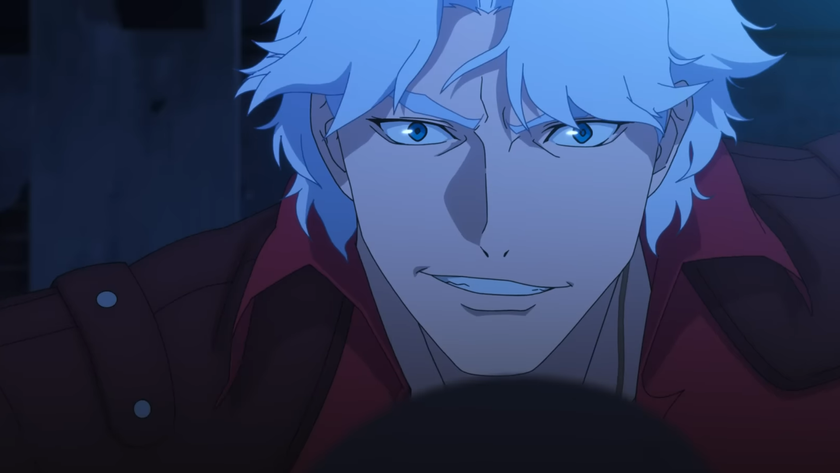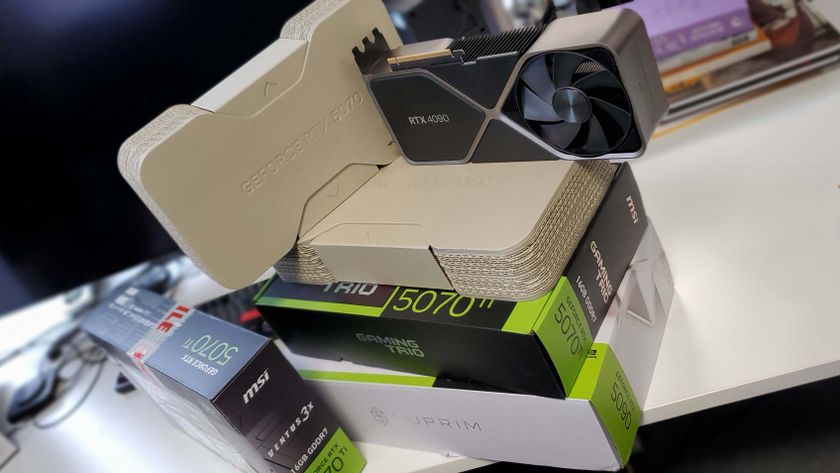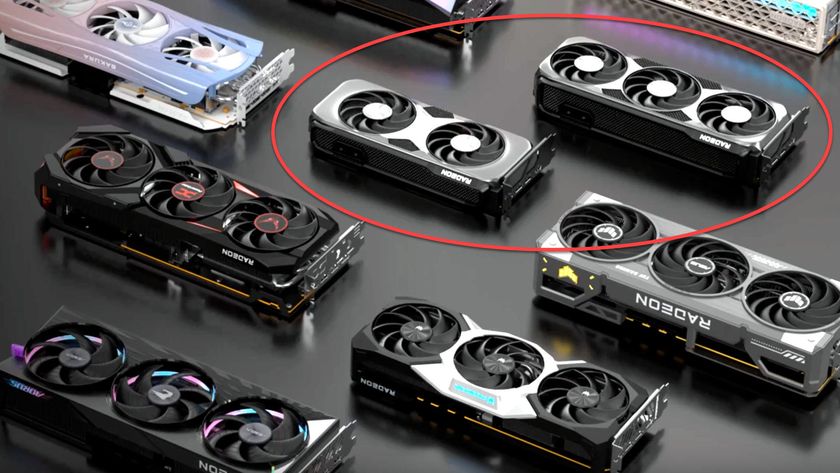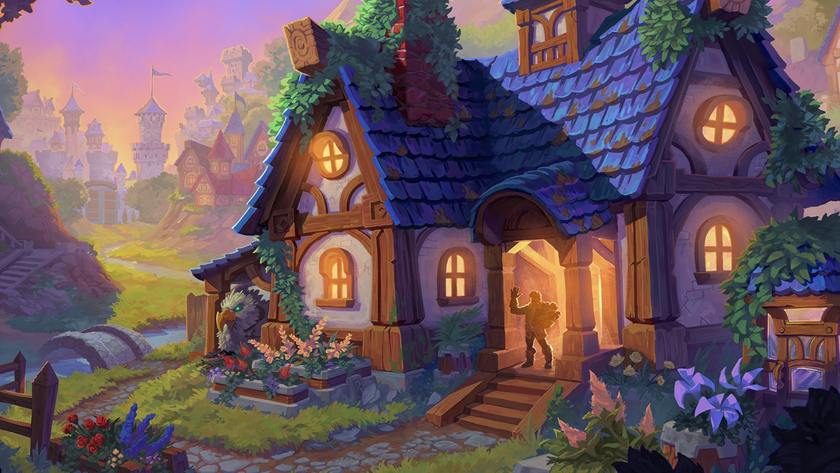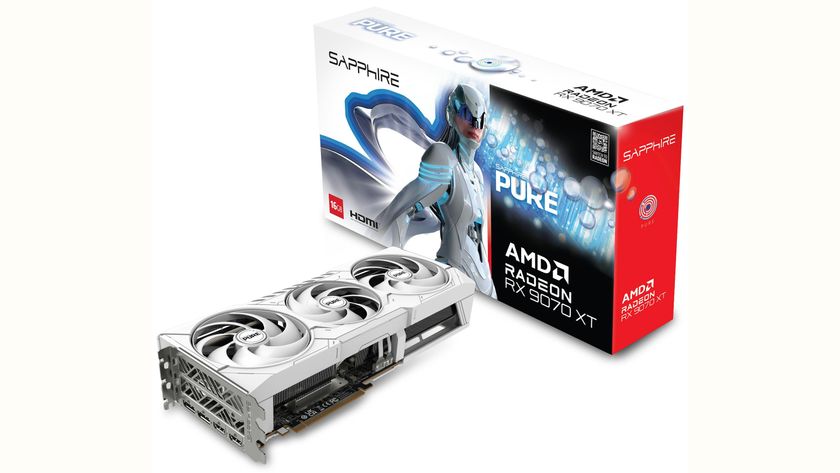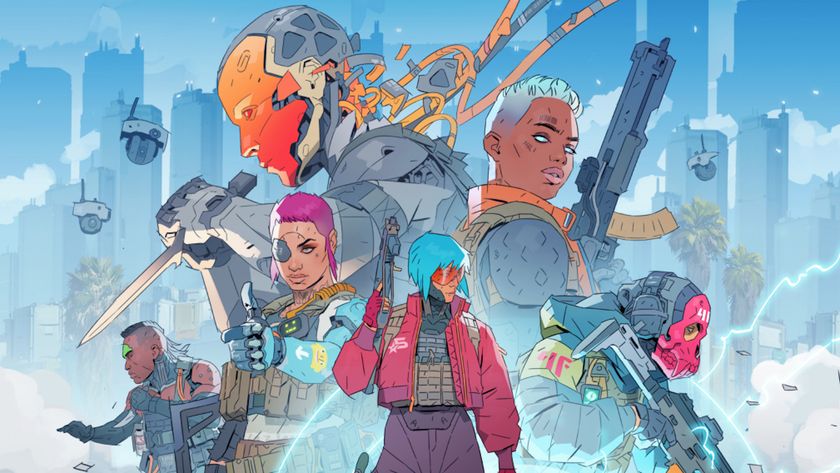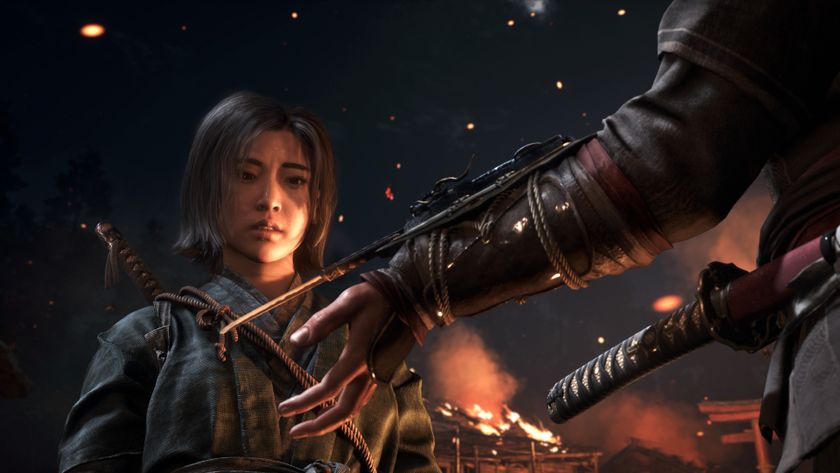Obsidian on what’s next for Pillars of Eternity: 'We own something now'
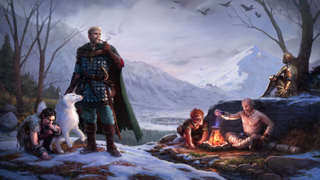
Pillars of Eternity certainly evokes feelings of a simpler time in gaming, but the process of developing Obsidian's first crowdfunded game was anything but simple. At PAX Prime this weekend in Seattle, several of the lead developers of Pillars of Eternity held a panel to discuss some of the problems they faced and lessons they learned, along with a hearty dose of funny stories. But the underlying current throughout the panel was that, despite modelling itself after role-playing games from a much older era, Pillars of Eternity presented a surprising amount of unique challenges that the independent studio had to conquer.
"I don't think it was worthwhile developing for Linux," Brandon Adler, lead producer said in response to questions the team had gathered from Twitter before the show. "They are a very, very small portion of our active user base—I think around one and a half percent of our users were Linux."
One of the initial promises the team had made during their Kickstarter campaign was to bring Pillars of Eternity to both Mac and Linux platforms, but, looking back, Adler felt like the challenges involved were simply not worth the return that the studio received.
"Prior to doing Pillars, every time we worked on a game it was always something that belonged to someone else."
"It wasn't a huge drain on us," he added, "but there were a lot of problems." "Getting it up and running on Linux wasn't that bad," Adam Brennecke, the lead programmer for Pillars of Eternity added. "There's a lot of other logistical problems."
Brennecke went through a surprisingly long list of issues that, even for a veteran studio like Obsidian, proved to make Linux a less and less desirable platform to create games for. Outside of actually learning to develop for Mac and Linux, something that Obsidian had to learn as they went along, there were much more daunting challenges, with fixing bugs being one of the most arduous. Even though Pillars of Eternity was developed using the Unity engine, which can build games on multiple platforms, the process involved just didn't seem worth it in hindsight.
"Overall, if we had to do that one again, we would think a little bit harder about it," Adler joked.
But even outside of the stresses of developing for operating systems as native to PCs as Linux, the team faced some interesting challenges in bringing their vision for a golden age role-playing game to life.
The biggest gaming news, reviews and hardware deals
Keep up to date with the most important stories and the best deals, as picked by the PC Gamer team.
One of the more painful challenges involved the work that went into building the beautifully detailed world of Pillars of Eternity. Brennecke said that each of the hundred or more backgrounds in Pillars of Eternity were rendered using Maya, a 3D modelling program.
"It's not unlike a CG movie where you press render and you have to wait several hours before you get the finished product," Brennecke explained. "But when we were in pre-production, a lot of our areas took about 40 hours to render one scene."
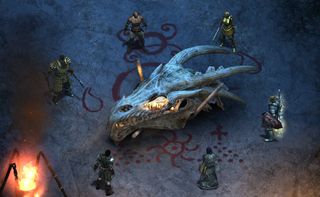
Brennecke went on to say that, when dealing with the hundreds of areas they had in the game, the time required to render each one became exorbitantly time consuming, especially when each scene could need to be rendered several times before finally reaching a finished state.
Backgrounds used to take 40 hours to render one scene! #PillarsofEternity August 29, 2015
But while designing Pillars of Eternity was no easy feat, it was evident that the team is extremely hungry to jump back into process. Last Tuesday, the first part of the White March expansion was released, and Obsidian is already working away on part two. Though they didn't have much new information to share, they did show off some very rough concept art detailing a new area they were working on.
Eventually, as they set their sights further into the future, the obvious question of a sequel was brought up. "We're very interested in a sequel," Brennecke said. "We own something now and that is huge for us. For an indie developer, to have your own thing—it's fantastic. We can make a sequel and we don't even have to go to a publisher; we hold all the cards now."
Want to see what the logo could have looked like for #PillarsofEternity? pic.twitter.com/OIRkBMcPLpAugust 29, 2015
As the panel wound to a close, Sawyer had some thoughts that made it evident that, for Obsidian, Pillars of Eternity was more than just a crowdfunding success story but a realization that the studio was no longer chained to the whims of the licensed properties that they traditionally developed for.
"I think it's changed people's ideas inside the studio about what types of games we can make," Sawyer said. "Prior to doing Pillars [of Eternity], every time we worked on a game it was always something that belonged to someone else because publishers do not want you to retain the rights to those things, so it's also changed our internal thought processes about the sorts of games that we can work on."
You can find all of our coverage from PAX Prime 2015 right here.
With over 7 years of experience with in-depth feature reporting, Steven's mission is to chronicle the fascinating ways that games intersect our lives. Whether it's colossal in-game wars in an MMO, or long-haul truckers who turn to games to protect them from the loneliness of the open road, Steven tries to unearth PC gaming's greatest untold stories. His love of PC gaming started extremely early. Without money to spend, he spent an entire day watching the progress bar on a 25mb download of the Heroes of Might and Magic 2 demo that he then played for at least a hundred hours. It was a good demo.
